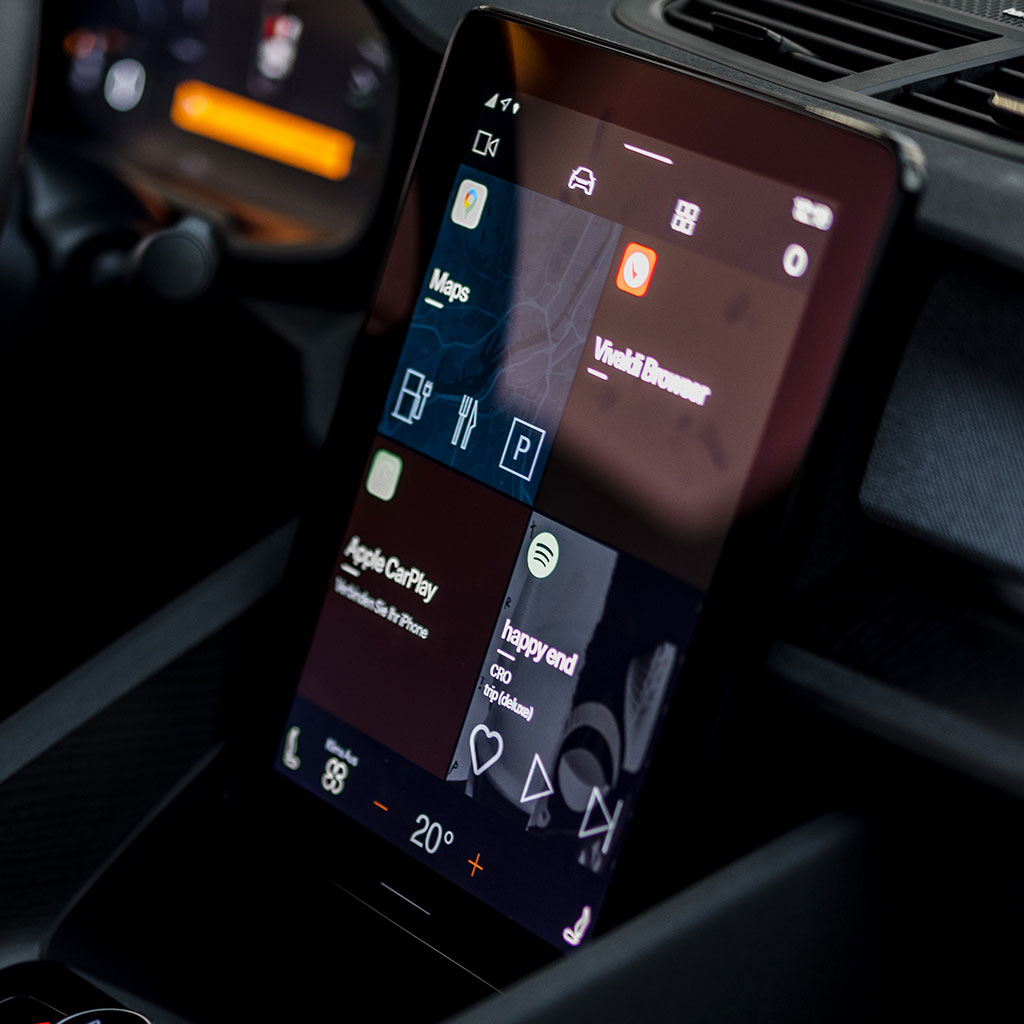How to turn off auto lock on iPad?
How to turn off auto lock on iPad?
Disabling auto-lock on your iPad prevents the device from automatically going into sleep mode, offering uninterrupted access during extended periods. Learn how to adjust auto-lock settings and keep your iPad screen active for prolonged use.
Unleash the freedom of your iPad: Say goodbye to auto lock!
To turn off auto-lock on your iPad, follow these steps:
- Accessing Auto-Lock Settings:
- Open the “Settings” app on your iPad. It’s represented by a gear icon.
- Scroll down and select “Display & Brightness” from the menu on the left.
- Adjusting Auto-Lock Duration:
- Tap on “Auto-Lock” located under the “Display & Brightness” section.
- You’ll see several time options ranging from 30 seconds to “Never.” Select “Never” to disable the auto-lock feature completely.
- Verifying Changes:
- Once “Never” is selected, your iPad’s screen will not automatically lock, and it will remain active until you manually lock it by pressing the Sleep/Wake button.
- Considerations:
- Keep in mind that disabling auto-lock can significantly impact battery life, especially if the iPad remains active for extended periods without being used.
- To save battery while still maintaining an unlocked screen, consider setting a longer auto-lock duration, such as 5 minutes or 15 minutes, instead of completely turning off auto-lock.
It’s important to note that leaving the iPad screen continuously on by turning off auto-lock may drain the battery faster. Use this feature sparingly and consider adjusting the auto-lock duration based on your specific needs to balance screen time and battery life effectively.
Are there any issues with turning off auto-lock, like battery drain or screen damage?
Disabling the auto-lock feature on an iPad might introduce certain concerns or drawbacks, primarily revolving around battery consumption and screen longevity. When the auto-lock is turned off, the iPad’s screen remains active continuously, which can significantly impact battery life. The device consumes more power as the screen stays illuminated, resulting in faster battery drainage, especially if the iPad remains idle for extended periods without user interaction. This increased power consumption can limit the device’s usability, requiring more frequent recharging and potentially affecting its portability for on-the-go use. Additionally, continuous screen activity generates more heat, which, over time, could potentially affect the device’s internal components, although modern devices are designed to manage heat efficiently. Thus, users should be mindful of prolonged screen activity to prevent overheating issues that may affect the iPad’s performance or longevity.
Moreover, the prolonged display of static images on the screen, especially with features like screen burn-in, may potentially impact screen longevity. If specific elements remain static for extended periods, it can lead to uneven wear on the screen, resulting in some parts aging faster than others. However, modern LCD and OLED screens used in iPads are built with technologies to mitigate these issues, and the risks are relatively minimal for typical usage patterns. To mitigate concerns related to battery consumption and screen longevity, users may consider setting longer auto-lock durations rather than entirely disabling auto-lock to strike a balance between screen activity and conserving battery life while minimizing the risks associated with prolonged display of static elements.





1 thoughts on “How to turn off auto lock on iPad?”
My iPad only offers the choice of 2 minutes and 5 minutes in the Auto-Lock duration section.
You must be logged in to post a comment.